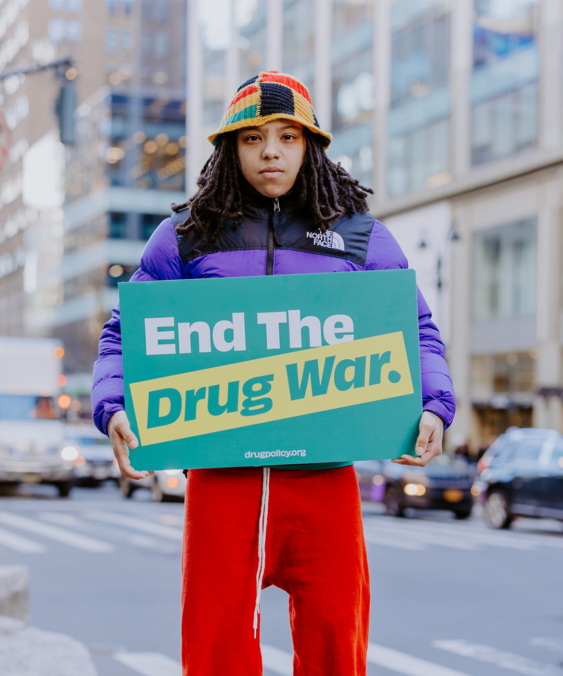
Tony Newman at 510-208-7711 or Shayna Samuels at 212 547 6916
This September marks the 13th annual National Alcohol & Drug Addiction Recovery Month, an initiative of the Center for Substance Abuse Treatment. For California, this means taking a close look at Proposition 36 – the state’s new law that allows for drug treatment instead of jail for non-violent offenders.
Already hundreds of people have been diverted into drug treatment around the state, including the high-profile case of Robert Downey, Jr. — since Prop. 36 went in to effect on July 1. Now, supporters of Prop. 36 are looking to ensure that the treatment being offered is appropriate for each person, and recognizes relapse as part of many people’s recovery process.
“Californians know treatment works better than jail for those suffering from drug addiction,” said Whitney Taylor, Proposition 36 Implementation Director for The Lindesmith Center-Drug Policy Foundation. “But treatment is not a silver bullet. I hope this month families and friends of loved ones with substance abuse problems will be learn that recovery can be a long and difficult process – but one that is well worth it in the end.”
According to the Physicians Leadership on National Drug Policy, a group of medical experts on legal and illegal drug use, addiction is defined as a chronic, re-occurring condition, comparable to diabetes. Relapse for those in drug treatment is often part of the recovery process, much like the relapse into dangerous eating practices for diabetics. In fact, 10-30% of individuals in drug treatment relapse within the first year of treatment, and 30-50% of diabetics relapse into dangerous health habits after the first year. Both of these diseases are usually treated in part by significant life-style changes, which can be difficult to sustain at first. They can also both be life-threatening, if not treated properly.
“Success in drug treatment is not a clear black and white definition,” comments Dr. Jack McCarthy, of the Bi-Valley Medical Clinic in Sacramento. “Drug treatment and the struggle to remain in control of one’s addiction is a life-long battle. Relapse into drug use is to be expected and it takes most people several attempts at treatment before they beat this condition.”
“I battled with my drug addiction for 17 years,” stated Tom Aswad, State and National Liaison for Partners in Recovery Alliance of Contra Costa County. “When I finally became sober, I knew that I had to help others in their recovery, as well as educate public on drug addiction, treatment and recovery.”
Each county in California is required to offer addiction therapy to those being diverted under Proposition 36. Taylor and other treatment advocates say success of those in recovery depends fundamentally on the quality of treatment being offered. This means allowing medical or health experts, as opposed to criminal justice professionals, to determine the most effective treatment program for each individual, taking into account drug use patterns, social history, and life circumstances. Examples of treatment options include: methadone maintenance, vocational training, detoxification and family counseling. It also means toning down or intensifying therapies based on clients’ needs; and taking relapse into account as part of the recovery process.
“The understanding of addiction has begun with the passage of Prop 36,” stated Taylor. “Now we must help those in treatment by being patient with their struggle until they are able to turn their lives around.”
# # #
ATTENTION JOURNALISTS:

